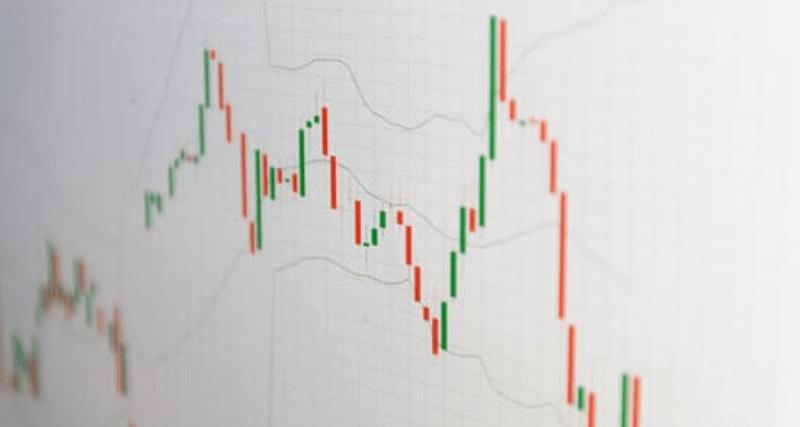
< /p>
Chỉ báo biến động cho thấy quy mô dao động giá và độ lớn, cung cấp cái nhìn sâu sắc về mức độ hoạt động của thị trường. Thị trường dao động giữa thời kỳ biến động cao và thời kỳ biến động thấp, cường độ của thời kỳ biến động thấp tăng dần và cường độ của thời kỳ biến động cao dần dần yếu đi và chuyển sang thời kỳ biến động thấp.
Ví dụ: Dải Bollinger, một trong những chỉ báo biến động phổ biến nhất, đo lường mức độ biến động theo các dải (2 độ lệch chuẩn của đường SMA 20): Dải biến động Nó mở rộng khi độ biến động tăng và co lại khi độ biến động giảm. Trong những năm qua, các nhà giao dịch đã đưa ra nhiều phương pháp giao dịch chỉ báo khác nhau. Một số người chọn giao dịch theo đột phá: đột phá (phá vỡ) nơi giá mua (bán) vượt qua (dưới) giới hạn trên (dưới). Những người khác chọn giao dịch các đợt phục hồi đảo chiều: các đợt phục hồi trong đó giá mua (bán) thấp hơn (trên) giới hạn trên (dưới).
| Chỉ báo xu hướng | < th>Mức độ liên quan|
|---|---|
| Dải Bollinger | Chỉ báo biến động phổ biến nhất |


